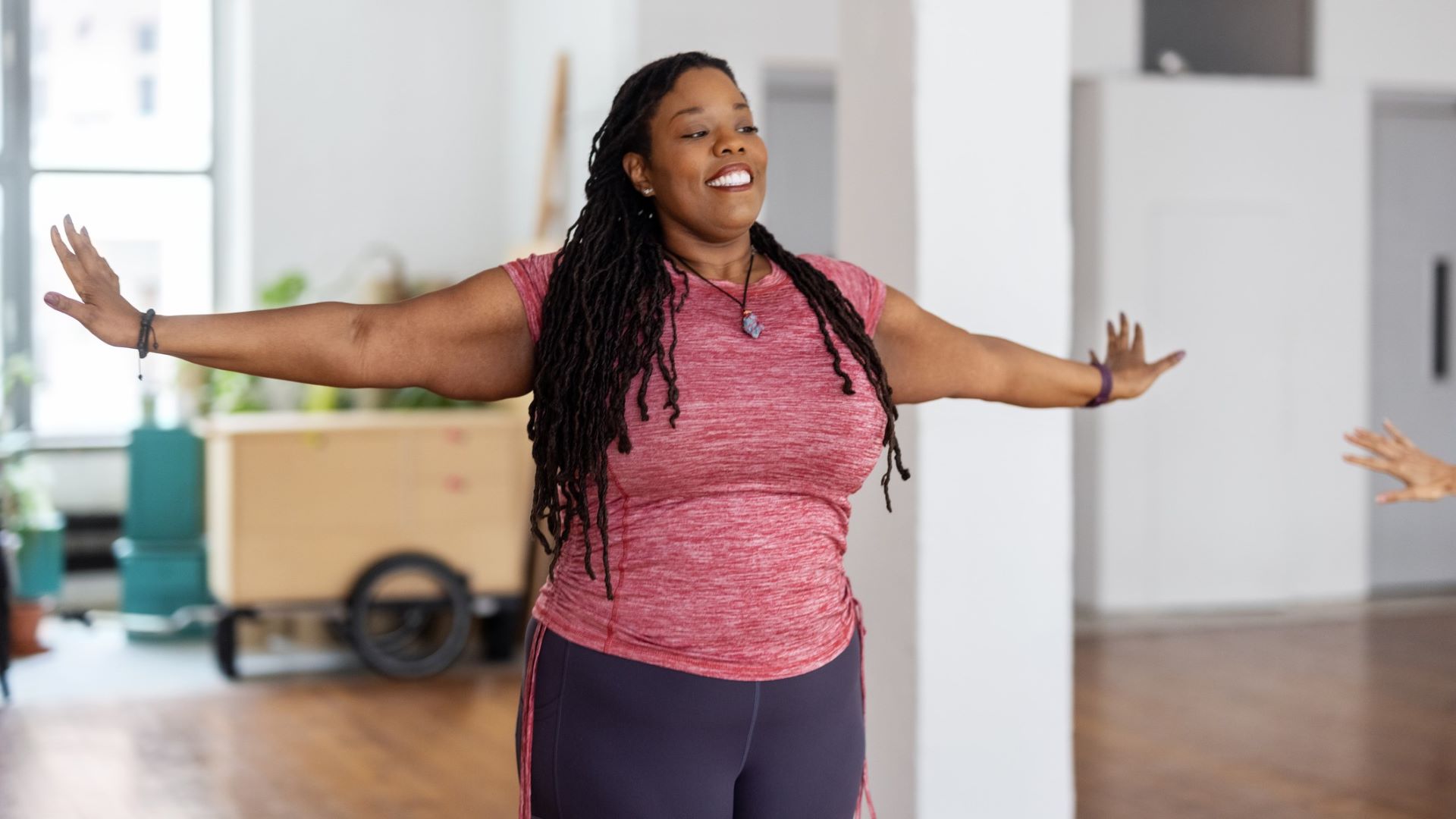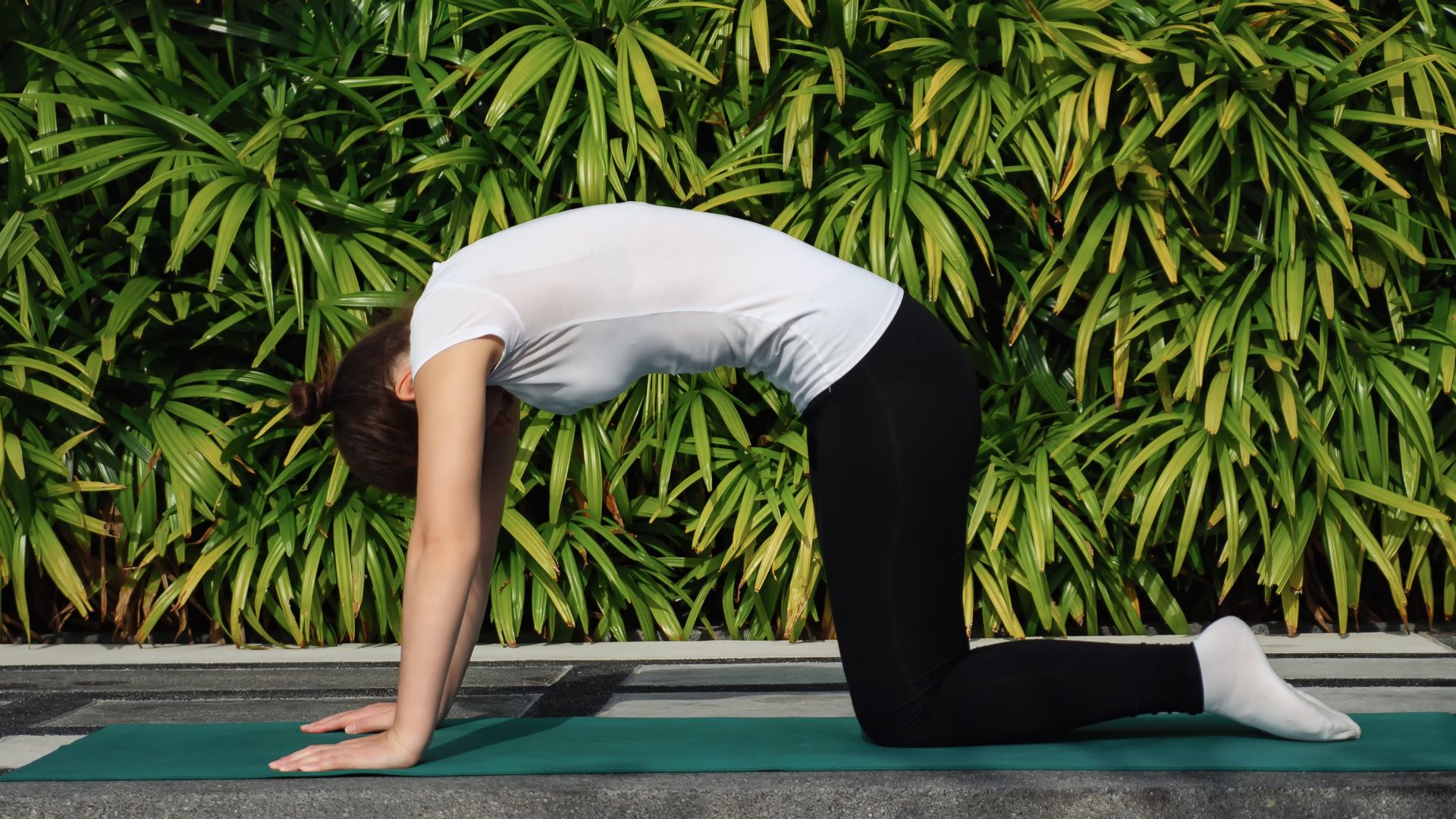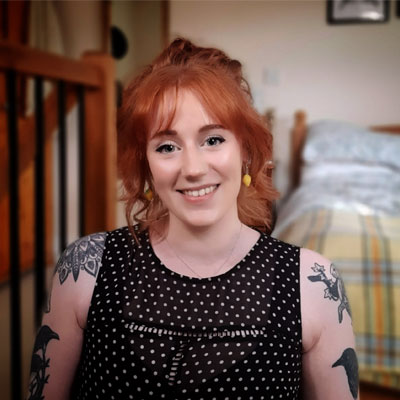Three stretches to do if you wake up with a sore neck and shoulders, according to a physical therapist
A physical therapist says these are the three stretches you should be doing if you wake up with a stiff neck

Soreness in the neck and shoulders is a common problem, and you may find yourself noticing it most when you wake up. Often this is due to sleeping in an odd position, improper mattress support or disrupted sleep. If it happens frequently, troubleshoot your sleep setup to see if there is an obvious cause and consider incorporating a stretching routine into your morning.
"Movement helps to keep our joints lubricated and our muscles flexible," says physical therapist Susan Winograd, owner of Pelvicore Rehab & Wellness. "If you find yourself waking up achy, get moving—movement is the best medicine!"
If you're not sure where to start, try these three recommended stretches from Winograd to loosen a stiff neck and shoulders in the morning.
The stretches
1. Neck rotation

Man sits with crossed legs on a yoga mat and performs neck rotations. His hands are on his knees and his eyes are closed. He wears a white shirt, grey shorts and has dark hair and a beard.
- Stand or sit with your back straight.
- Slowly rotate your head in a circular motion. Don't try to force a stretch, keep the movement natural.
- Perform 5-10 slow rotations in each direction.
Why? This movement gently mobilizes the neck and improves flexibility.
2. Arm circles

- Stand with your feet shoulder-width apart and your arms extended to the sides.
- Make small circles with your arms, gradually increasing the size of the circles.
- Progress to using full range of motion, as if you are swimming backstroke in a pool, but keep the movements relaxed.
- Once you are working at your full range of motion, perform 10 circles forward, then 10 backward.
Why? Arm circles warm up the shoulders and improve circulation.
3. Cat-cow


- Start on all fours with your hands under your shoulders and knees under your hips.
- Inhale and arch your back, lifting your head and tailbone—this is cow position.
- Exhale and round your back, tucking your chin and tailbone—this is cat position.
- Flow between these positions for 1-2 minutes, focusing on smooth, controlled movements.
Why? This gentle flow loosens up the spine, shoulders and neck.
How to improve your sleep setup
Winograd suggested three areas to look at if you are consistently waking up with neck pain.
Start your week with achievable workout ideas, health tips and wellbeing advice in your inbox.
1. Your sleep position
Winograd says sleeping on your back helps maintain natural spinal alignment, but if you're a black sleeper who's still experiencing problems, sleep with a pillow under your knees for optimal comfort and alignment.
Winograd advises side sleepers to place a pillow between their knees to prevent strain on their lower back.
Avoid sleeping on your stomach altogether, as it can put pressure on your spine.
2. The room temperature
The temperature in your bedroom can affect how well you sleep and how your body feels the next day. A cooler room (around 65°F/18°C) is generally recommended for better rest.
3. Your mattress
A mattress that's too soft or too firm can cause discomfort and back pain. Look for one that supports the curves of your body while keeping your spine aligned. Our colleagues at Tom's Guide have a helpful buying guide to the best mattresses for back pain.

Lou Mudge is a Health Writer at Future Plc, working across Fit&Well and Coach. She previously worked for Live Science, and regularly writes for Space.com and Pet's Radar. Based in Bath, UK, she has a passion for food, nutrition and health and is eager to demystify diet culture in order to make health and fitness accessible to everybody.
Multiple diagnoses in her early twenties sparked an interest in the gut-brain axis and the impact that diet and exercise can have on both physical and mental health. She was put on the FODMAP elimination diet during this time and learned to adapt recipes to fit these parameters, while retaining core flavors and textures, and now enjoys cooking for gut health.
